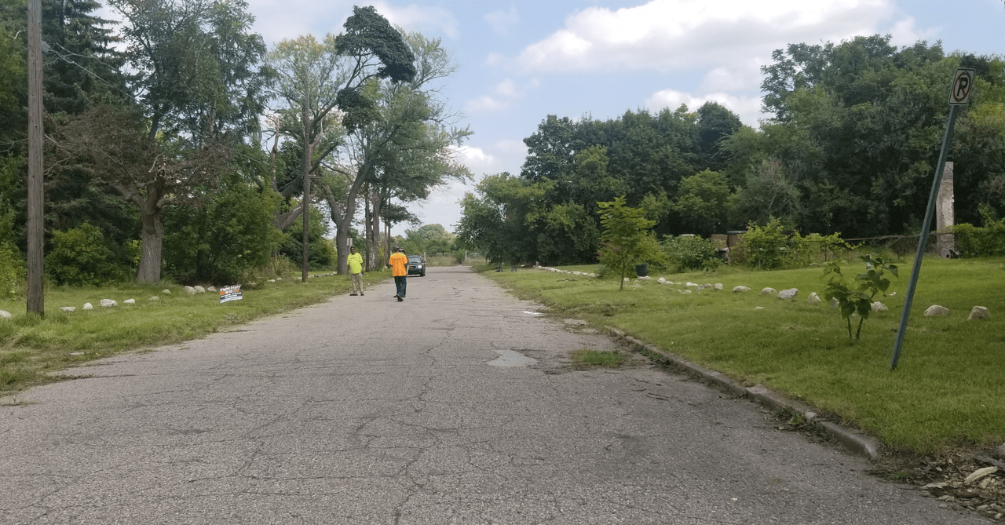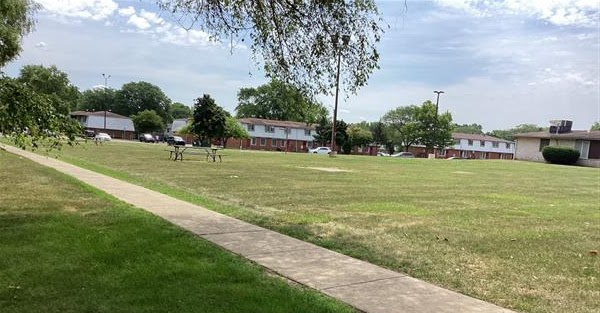
Urban health expert focuses on improving housing opportunities across Michigan
How cities are planned and organized has a tremendous impact on the health of residents, especially in marginalized communities, says Roshanak Mehdipanah, an urban health expert at the University of Michigan School of Public Health.





